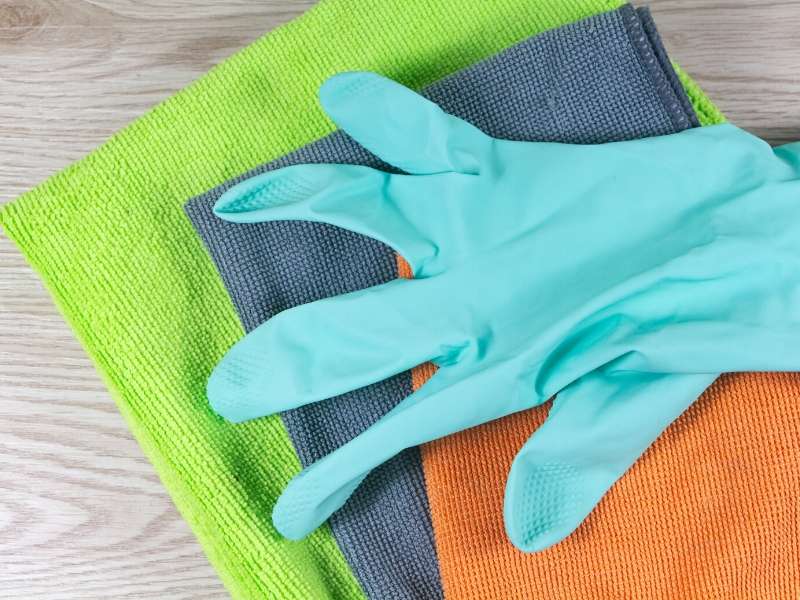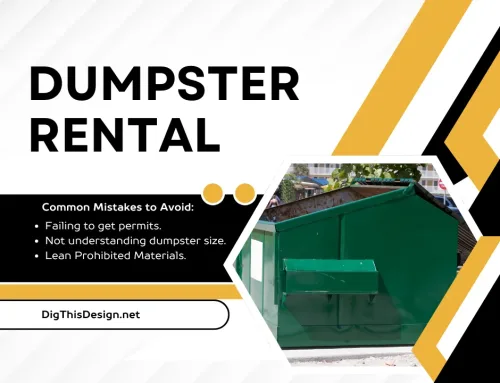Research shows that the average United States citizen has an ecological footprint of 9.0 global hectares, or 23 acres, which equates to more than 17 football fields. This is almost double that of the average European citizen (which is still higher than other averages around the world), meaning the country as a whole, leaves much to be desired.
Cutting energy-consumption and embracing greener processes in everyday life is essential to reduce the footprint we all leave, not just the average American. Even the smallest changes can make a significant difference, even if it feels otherwise. Something as small as introducing new materials and techniques to cleaning routines can be effective.

How can Hospitals Play their Part?
Alongside households, businesses and organizations must work hard on their cleaning processes to lessen their impact on the environment. Without a doubt, cleaning is one of the most vital elements of a hospital’s daily operations: if a patient contracts an illness, or sees their symptoms exacerbated, through a lack of good hygiene, then the hospital has failed in its basic goal of helping people improve.
Microfiber cloths and mops are becoming more popular in hospitals across the States. With janitors faced with keeping multiple floors, departments, and facilities as clean as possible, any techniques or equipment which reduces the amount of time, effort, and costs needed will be a huge help to their work.
Microfiber offers a greener cleaning process and a high level of quality. Why?
Less Need for Chemicals
When used with water alone, microfiber cloths offer an impressive 98.9 percent effectiveness in extracting bacteria from any smooth surface, whereas a standard cloth removes only around 92 percent (even when used with bleach). Cleaning products often contain detergents, harsh solvents, and sulfates, which can be harmful to the eyes, lungs etc.
These solutions are flushed into drains, which go out to seas and rivers, eventually contributing to pollution problems. By avoiding these agents, hospitals are producing less harmful outputs.
Microfiber cloths are also hypoallergenic, which is ideal for use around patients suffering from asthma or allergies (which can be harmful in people with weakened immune systems). Microfiber cloths can also absorb more than 7 times their own weight in water, and, with no need for chemical-based solutions, they are an environmentally-friendly choice.
One of the greenest benefits of using microfiber cloths is a reduction in the amount of waste produced while cleaning a hospital, as they can be reused hundreds of times. They just need to be rinsed with warm water or cleaned in a washing machine. This means janitors will send fewer mops and standard cloths to the trash heap.
Cutting Water Consumption
Using microfiber products also helps facilities to achieve credits towards the U.S. Green Building Council’s LEED (Leadership in Energy and Environmental Design) Green Building Rating System for Building Cleaning and Maintenance.
A LEED certificate proves that a hospital has taken great steps to reduce its impact on the environment and improve their approach to green processes. The first healthcare center in the country to receive a LEED rating (Gold) was Group Health Cooperative’s building in Puyallup, Washington. One criterion that helped the center achieve this certification was its reduction in water use.
In a hospital, water is obviously essential, for cleaning, bathing, and drinking. While there can be little or no cuts in the amount of water provided for patients to stay hydrated, using microfiber cloths to limit the water needed for cleaning is a powerful component in nurturing a greener hospital or clinic.
As a microfiber cloth is so effective at cleaning surfaces, the amount of return visits janitors must make to keep them at their best is reduced. This, in turn, means less demand for water to wash chemical residue and lint away.
Microfibers are tiny enough to cling to even microscopic particles of dirt, which standard cloths miss. Each microfiber cloth contains millions of fibers, which allows them to clean at a higher level than standard cloths hospitals and medical centers may be used to.
The better the clean, the better the hygiene, and, ultimately, the safer and more comfortable patients will be.
Microfiber can revolutionize hospitals’ cleaning processes, cutting costs and reducing the impact they make on their environment. There are many different varieties of microfiber cloth available on today’s market, at affordable prices for all budgets. When combined with microfiber sheets and a microfiber mop, cloths are powerful enough to make janitors’ work easier than ever.
About the author:
Kyle McManus is a freelance writer based in the UK. This article was prepared on behalf of Texas Microfiber.
Images Courtesy of Canva.





